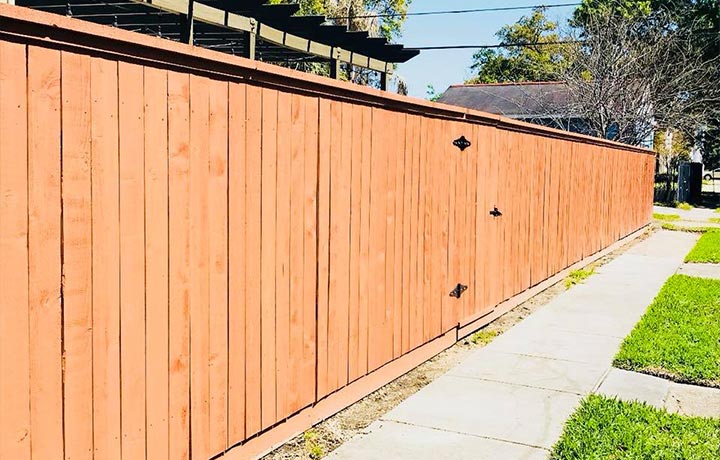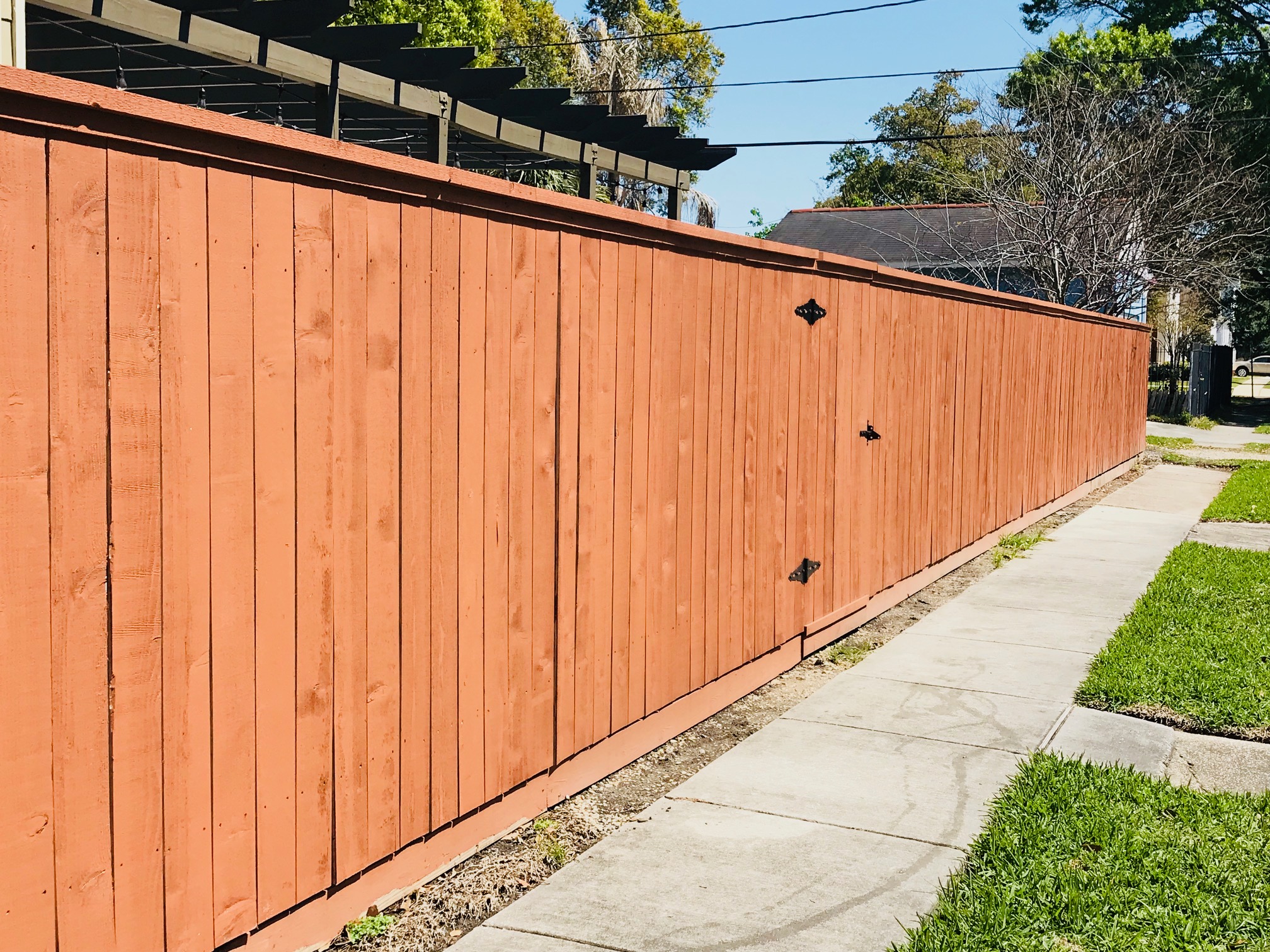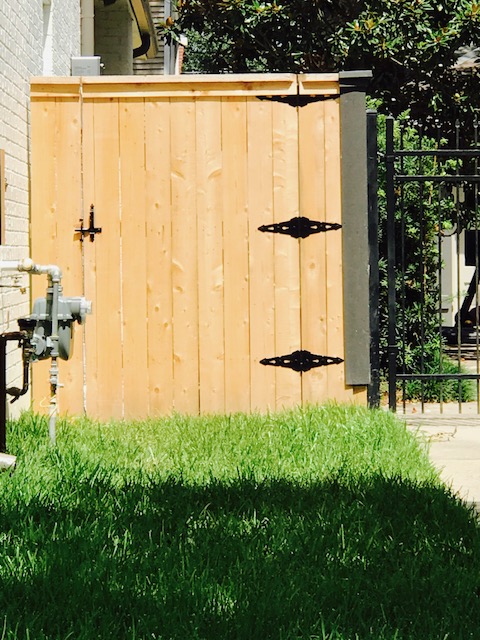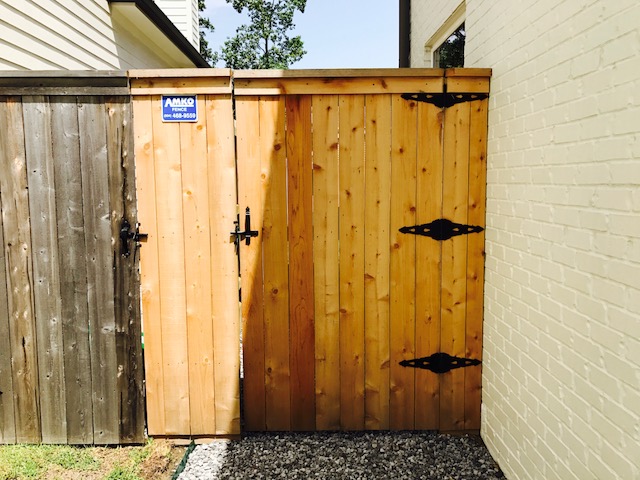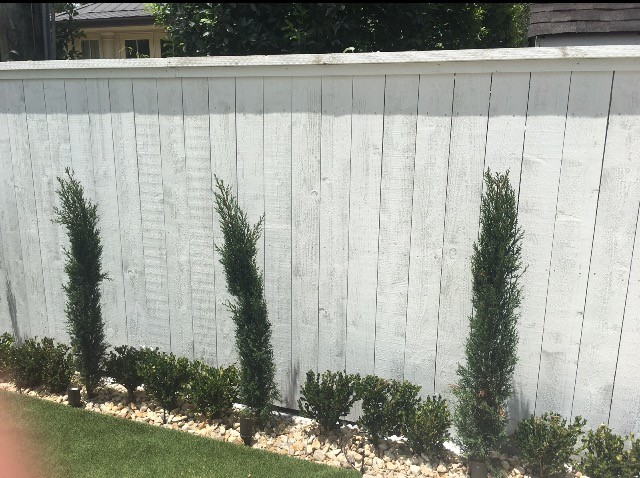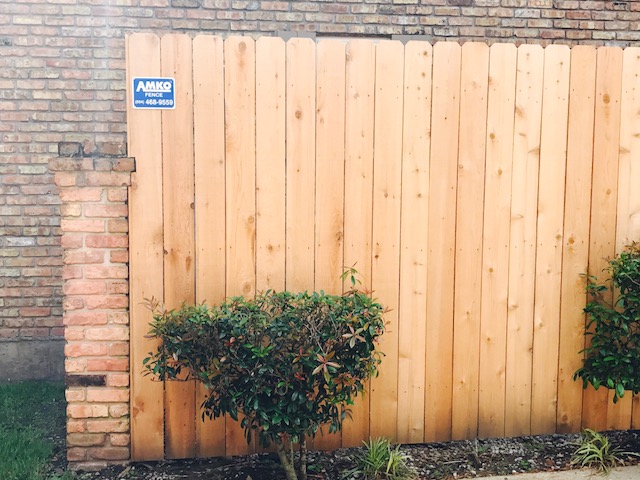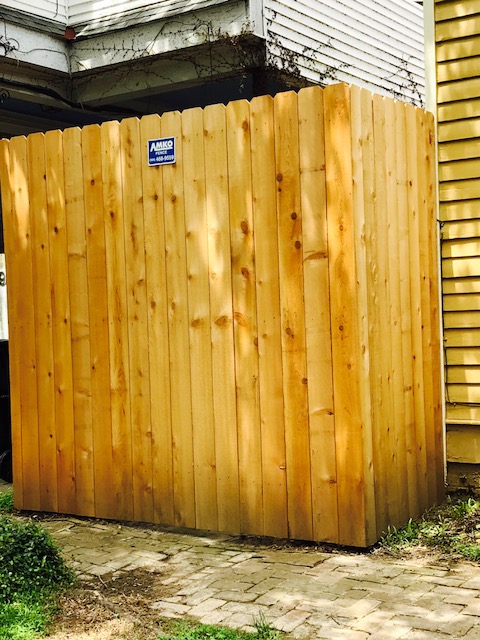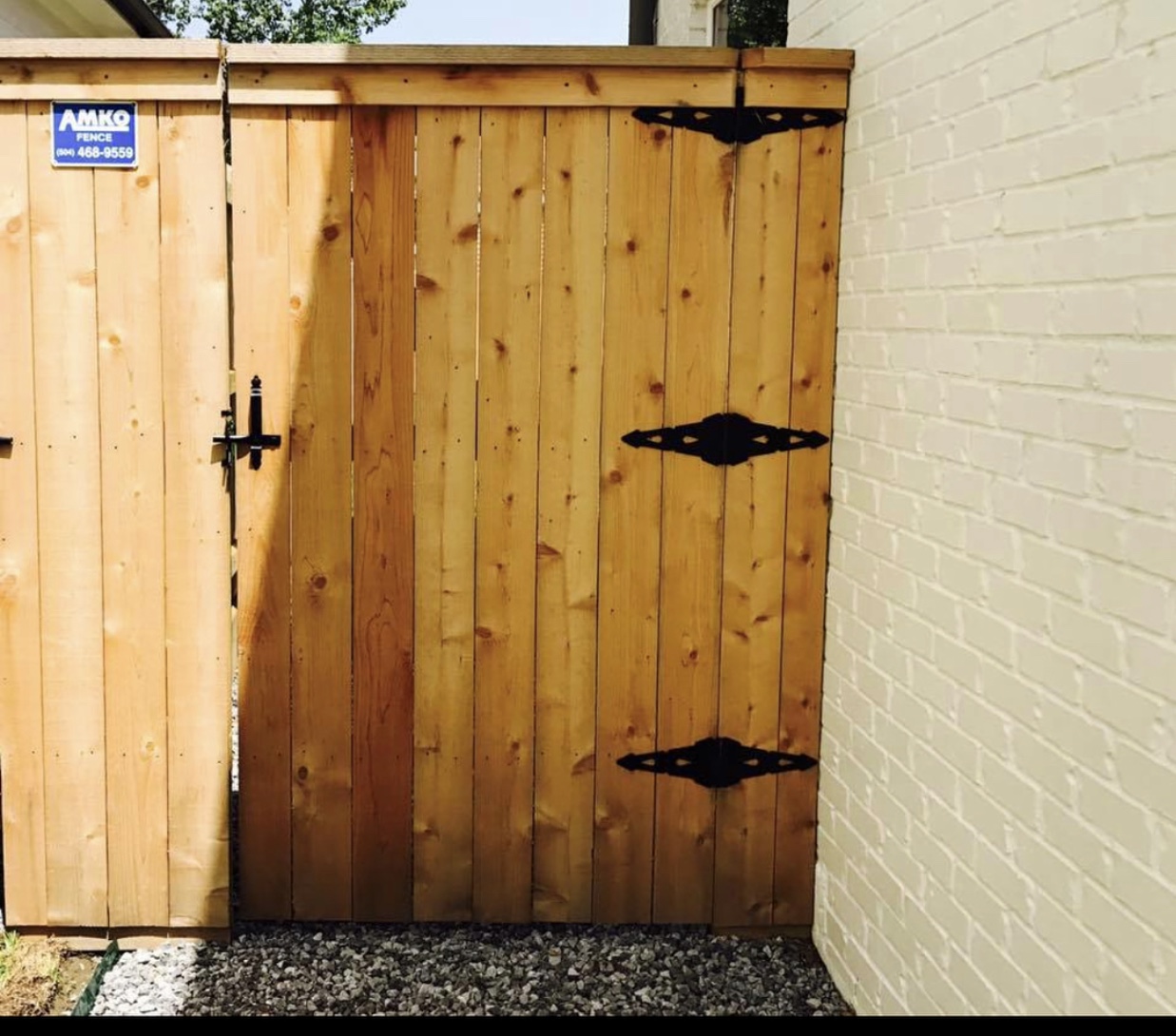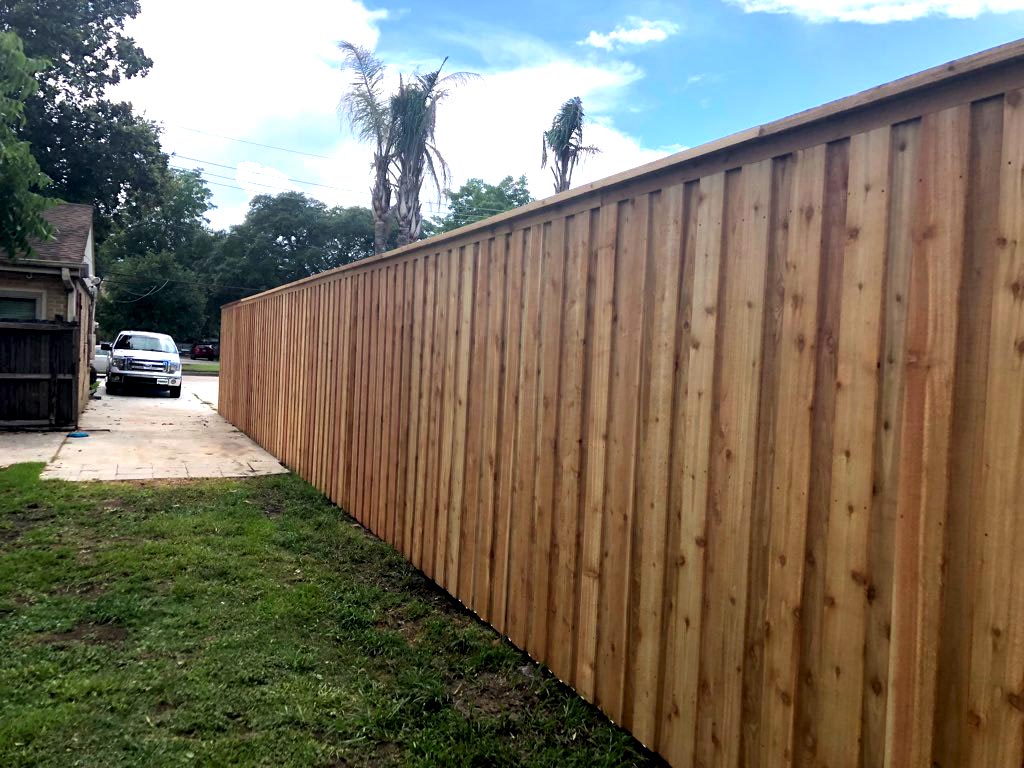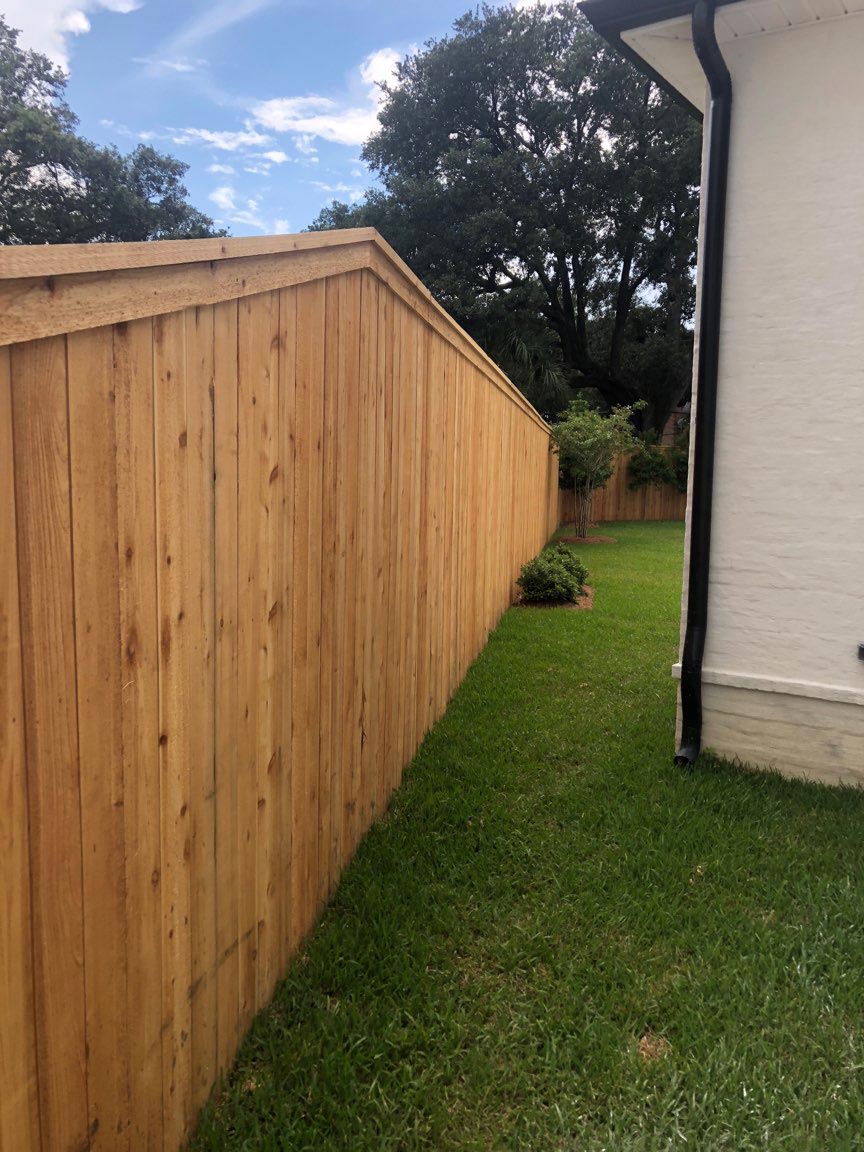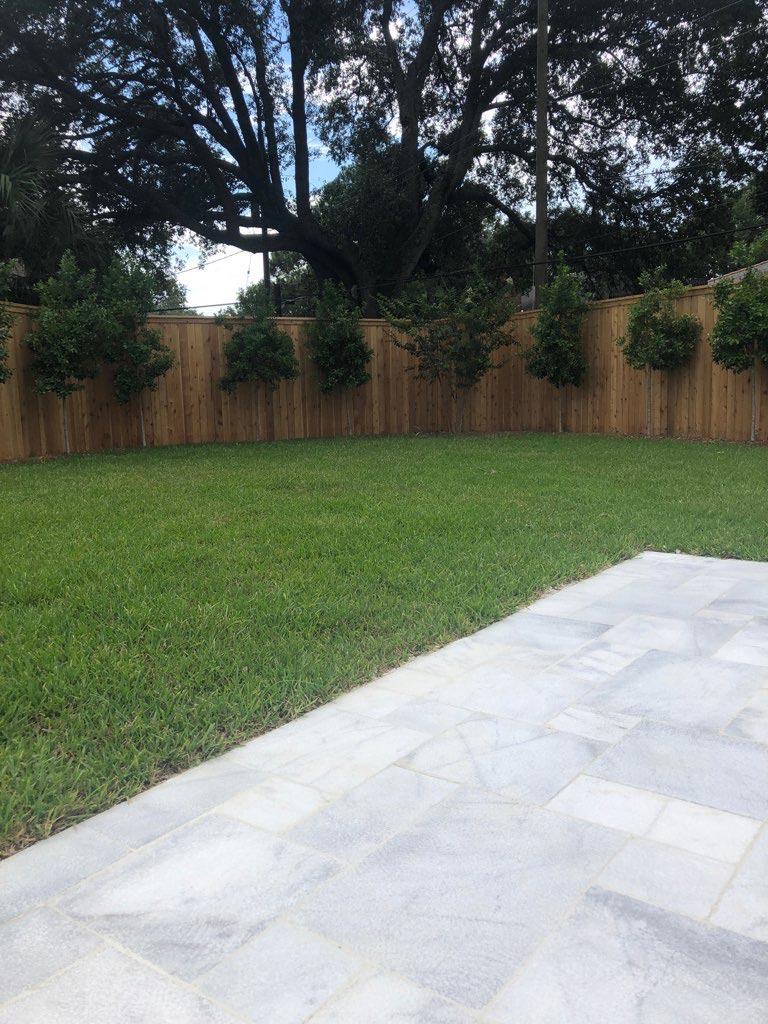There are plenty of practical uses for a fence: to gain privacy, safely corral kids and pets, block wind and noise, and prevent unsupervised dips in a swimming pool. But the right fence also makes a strong aesthetic statement, improving a home’s curb appeal.
In 2007 alone, Americans put up 59,000 miles of it, enough to circle the globe twice, and then some. Why wood? It’s inexpensive and lightweight, to be sure, but so is chain link. The main reason is that a wood fence can easily be shaped to give properties character and individuality. Wood fences come in dozens of styles, including linear post-and-rail and crisscrossing lattice, as well as a variety of picket patterns and post-cap designs. By staining the wood you can make it pop out or recede from the landscape as either a vibrant or subtle frame for what’s behind it.
How Long Do They Last?
About 20 years, if made of rot-resistant wood. Then posts are usually the first to go; panels survive longer because they typically don’t touch the ground.
How Much Maintenance?
Posts should be plumbed and tamped every three years or so. If the wood has a coating, the schedule varies; clear toners and waterproofers need annual refreshing, semitransparent stains last three to four years, and solid-color stains go five to seven. Paint is not recommended.
There are plenty of practical uses for a fence: to gain privacy, safely corral kids and pets, block wind and noise, and prevent unsupervised dips in a swimming pool. But the right fence also makes a strong aesthetic statement, improving a home’s curb appeal.
In 2007 alone, Americans put up 59,000 miles of it, enough to circle the globe twice, and then some. Why wood? It’s inexpensive and lightweight, to be sure, but so is chain link. The main reason is that a wood fence can easily be shaped to give properties character and individuality. Wood fences come in dozens of styles, including linear post-and-rail and crisscrossing lattice, as well as a variety of picket patterns and post-cap designs. By staining the wood you can make it pop out or recede from the landscape as either a vibrant or subtle frame for what’s behind it.


